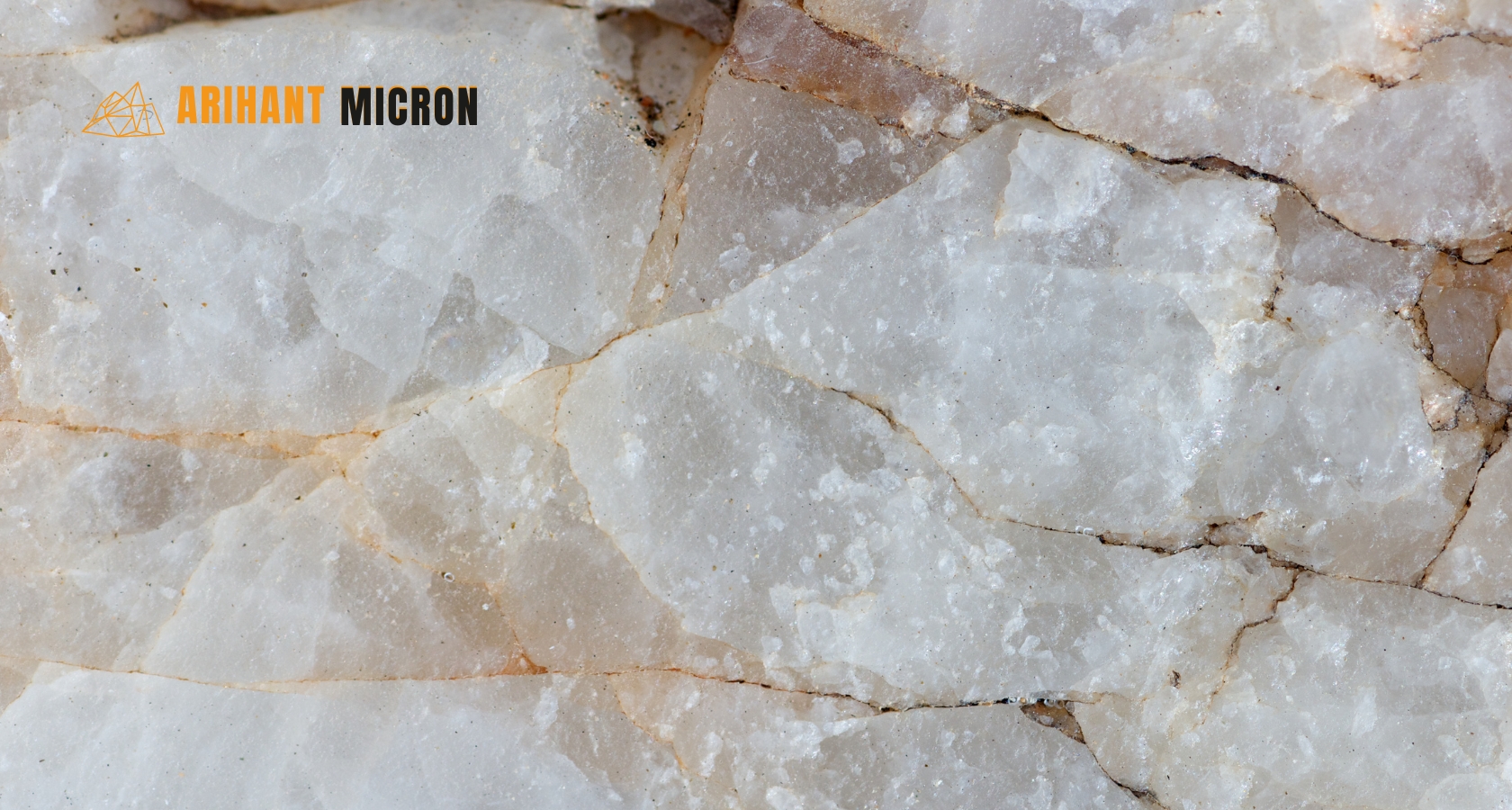
Quartz ?
Quartz is a hard and crystalline mineral composed of silica (silicon dioxide). Silica, commonly known in the form of quartz, is the dioxide form of silicon, SiO2. It is usually used to manufacture glass, ceramics, and abrasives. Quartz is the second most common mineral in Earth's crust. Quartz has a value of 7 on the Mohs scale of hardness, a qualitative scratch method for determining the hardness of a material to abrasion.
It’s made of tiny oxygen-silicon tetrahedra, which are also the two most common elements in our planet’s crust. The atoms are linked in a continuous framework of SiO4 silicon-oxygen tetrahedra, with each oxygen being shared between two tetrahedra, giving an overall chemical formula of SiO2.